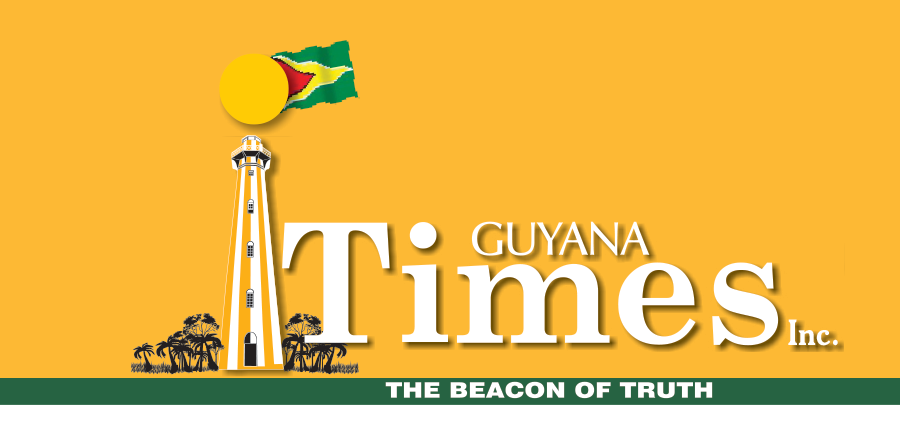The recent handover of 10 newly constructed homes to families in Yurong Paru, Region Nine (Upper Takutu-Upper Essequibo), under the Hinterland Housing Programme, marks a significant milestone in the ongoing efforts to address the longstanding disparities between rural and urban communities in Guyana. This represents a revolutionary step towards sustainable development, economic growth, and improved living conditions in the country’s hinterland regions.
Each of the homes, measuring 20×25 feet and built at no cost to the recipients, is a clear demonstration of the commitment to improving the quality of life for its most vulnerable citizens. With a total investment of $30 million for these ten homes alone, the programme is making a substantial impact. But the benefits extend beyond just the families who now have a roof over their heads. By sourcing construction materials locally, the initiative is also stimulating the local economy, creating jobs, and supporting small businesses in the region.
This approach—investing in both physical infrastructure and community development—demonstrates a deep understanding of the needs of hinterland communities. Housing and Water Minister, Collin Croal, emphasized that the programme is part of a broader, long-term strategy aimed at revitalizing the hinterland. To date, 120 homes have been allocated across Region Nine, with 70 already handed over and the remaining 50 expected to be completed in the near future. With over $285 million invested in the region’s housing sector, it is clear that this is not just a temporary project but a sustained effort to improve living standards in the area.
The project is not limited to the construction of homes; it is also accompanied by significant infrastructure improvements. Over $1.4 billion has been allocated to various infrastructure developments in Region Nine, including roads, electricity, and water systems. This holistic approach ensures that the homes built through the Hinterland Housing Programme are fully integrated into their communities, providing not only shelter but also the necessary services to support thriving, sustainable communities.
The impact of these developments is most clearly seen in the stories of the recipients. One father, whose disabled grandson now has access to a comfortable and proper living space, expressed his gratitude for the new home, which has provided his family with dignity and security. Similarly, another recipient, a woman who had suffered from chronic illness for years, shared that the new home would significantly improve her and her three sons’ living conditions. These stories highlight the real, human benefits of the programme, underscoring the importance of such government initiatives in improving the well-being of citizens, particularly those who have faced years of neglect.
Since 2020, over $70 billion has been invested in the hinterland regions through various government initiatives, including the Low Carbon Development Strategy (LCDS), presidential grants, and allocations from the Amerindian Affairs Ministry. These investments are designed to bridge the development gap between urban and rural areas, ensuring that every citizen, regardless of where they live, has access to the same opportunities and services.
By addressing the critical needs for housing, water, and infrastructure, the government is laying the foundation for sustainable growth and prosperity in the hinterland.
Looking ahead, the continued expansion of this programme will be crucial in ensuring that all residents in Region Nine—and beyond—benefit from the same level of development.
The Hinterland Housing Programme is an example of what can be achieved when government, local communities, and businesses come together to invest in the future. It is a model for sustainable, inclusive development that should inspire further initiatives across the country.
By empowering families with safe, comfortable homes and improving access to essential services, the government is creating communities where people can thrive.
Discover more from Guyana Times
Subscribe to get the latest posts sent to your email.











